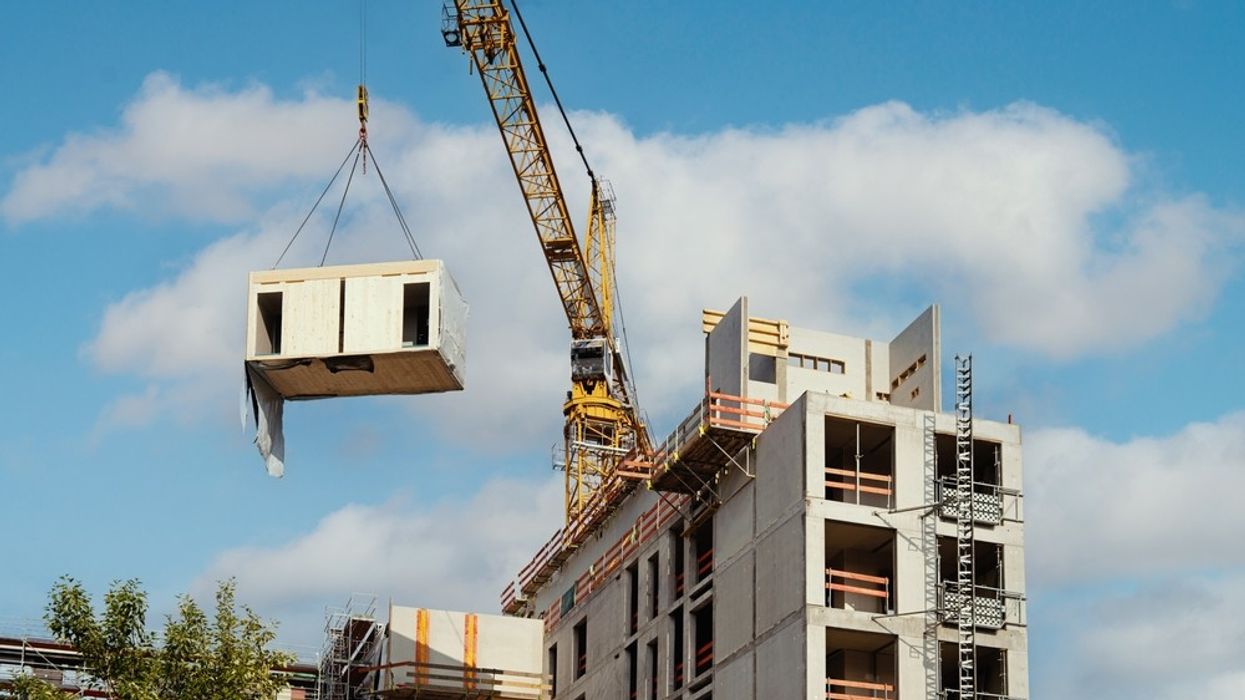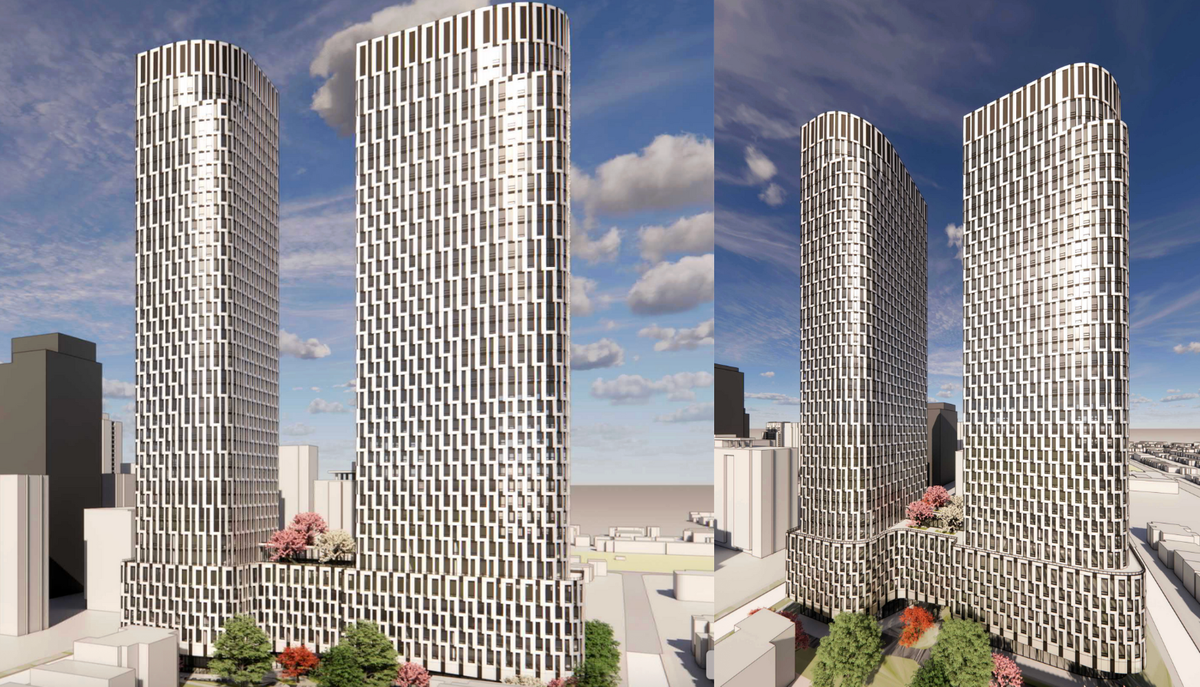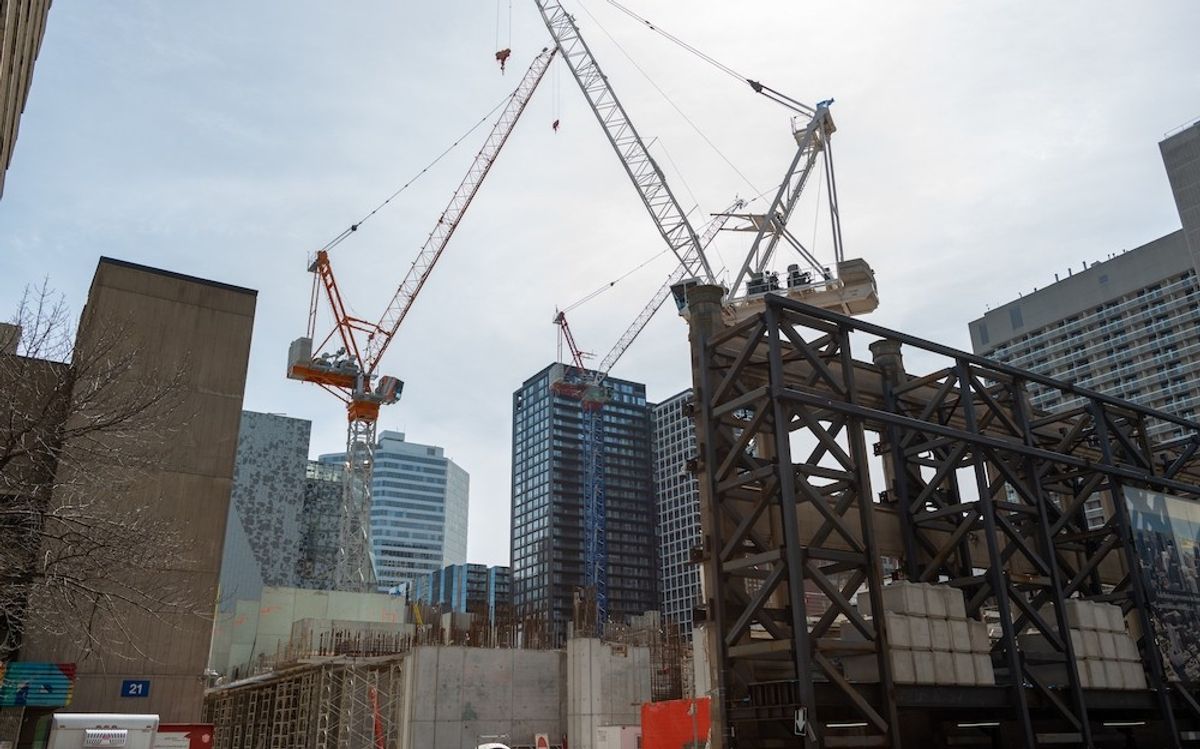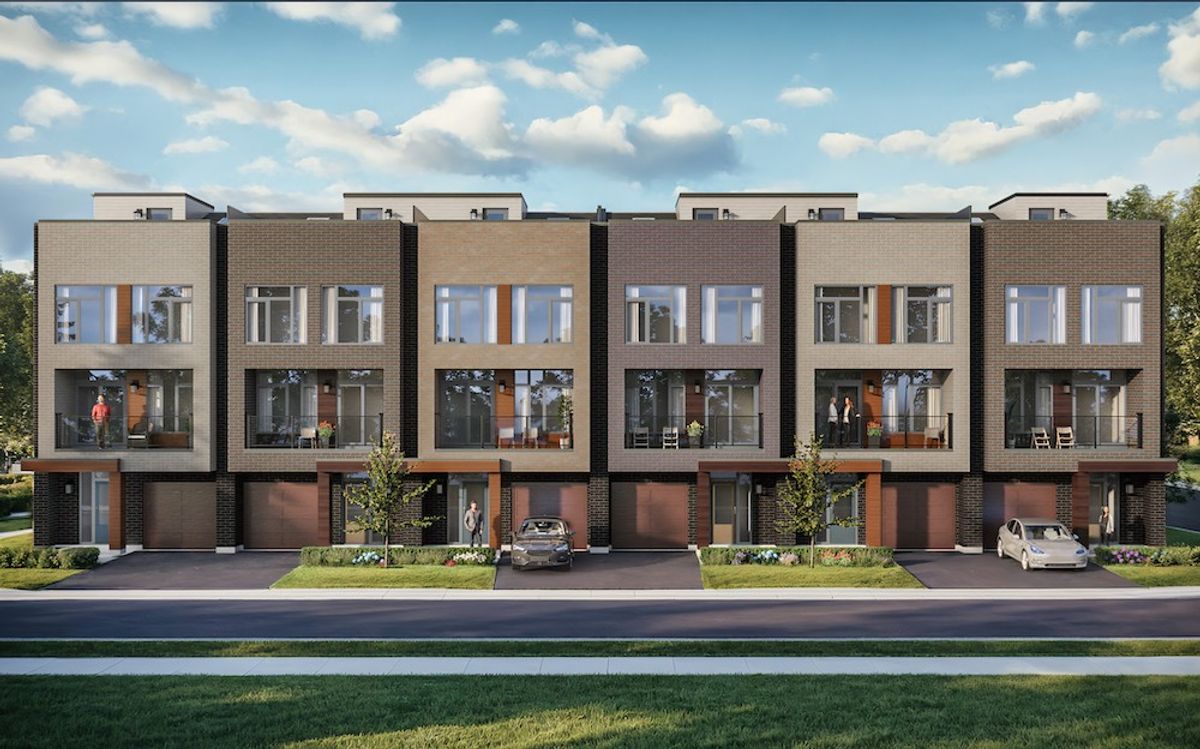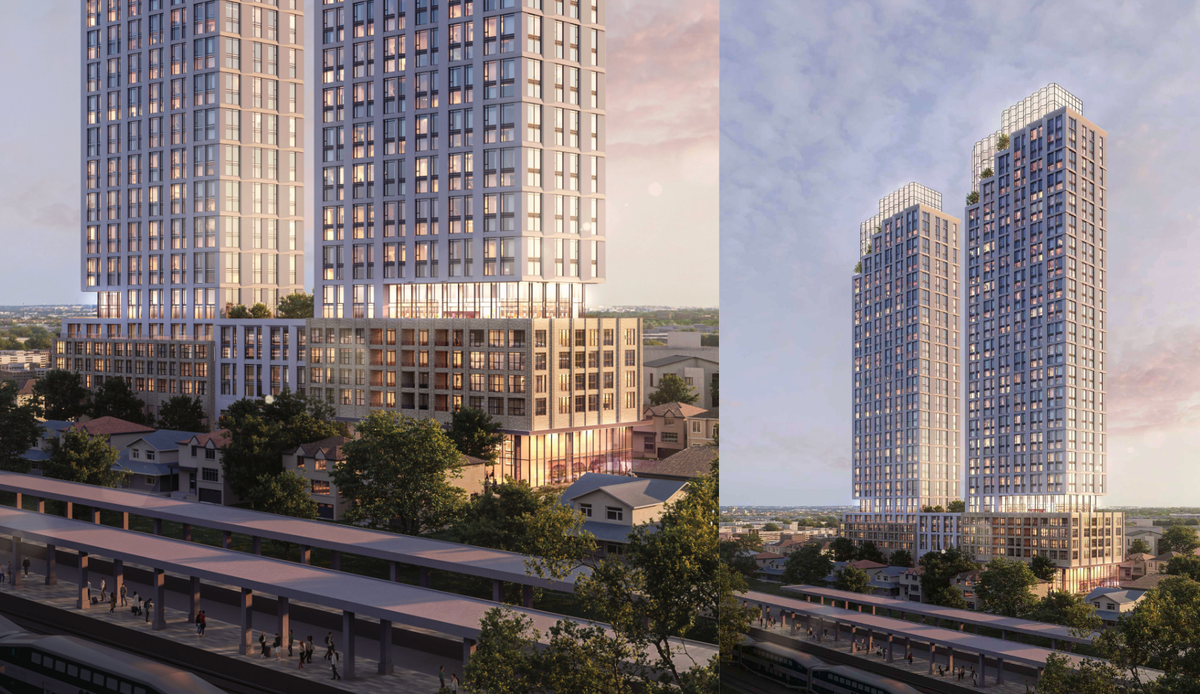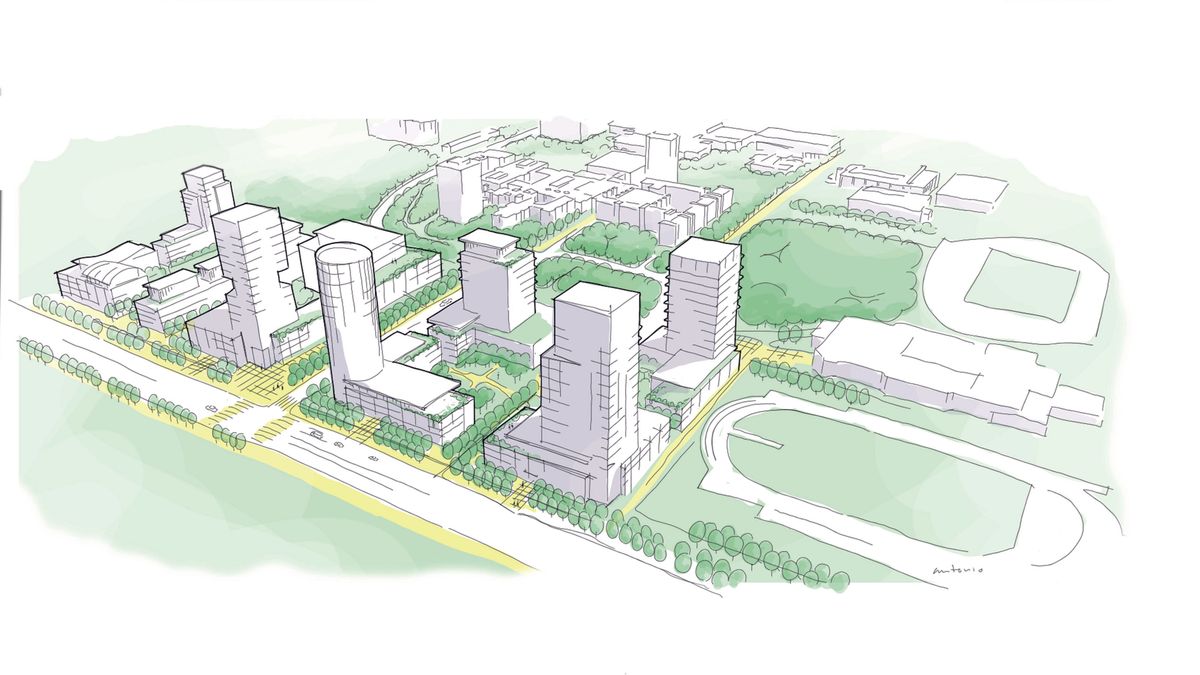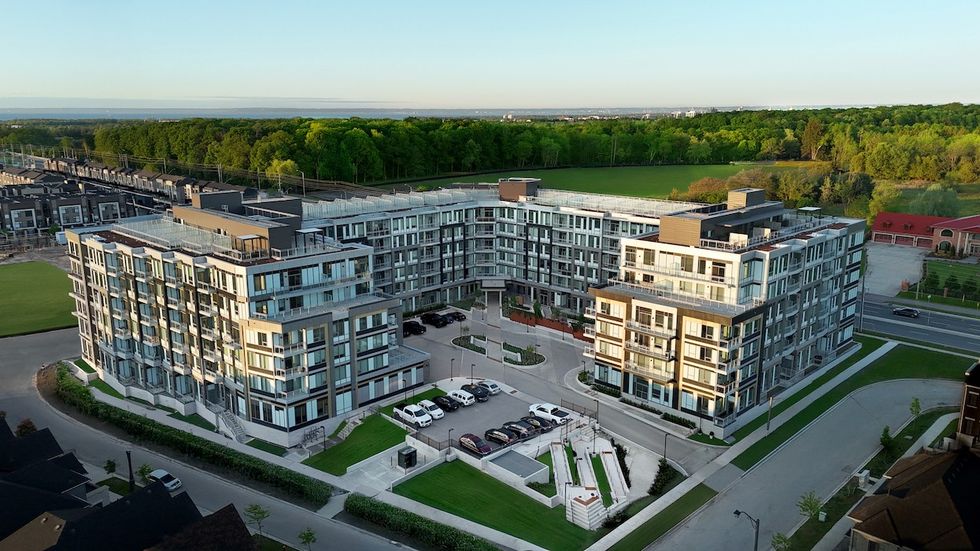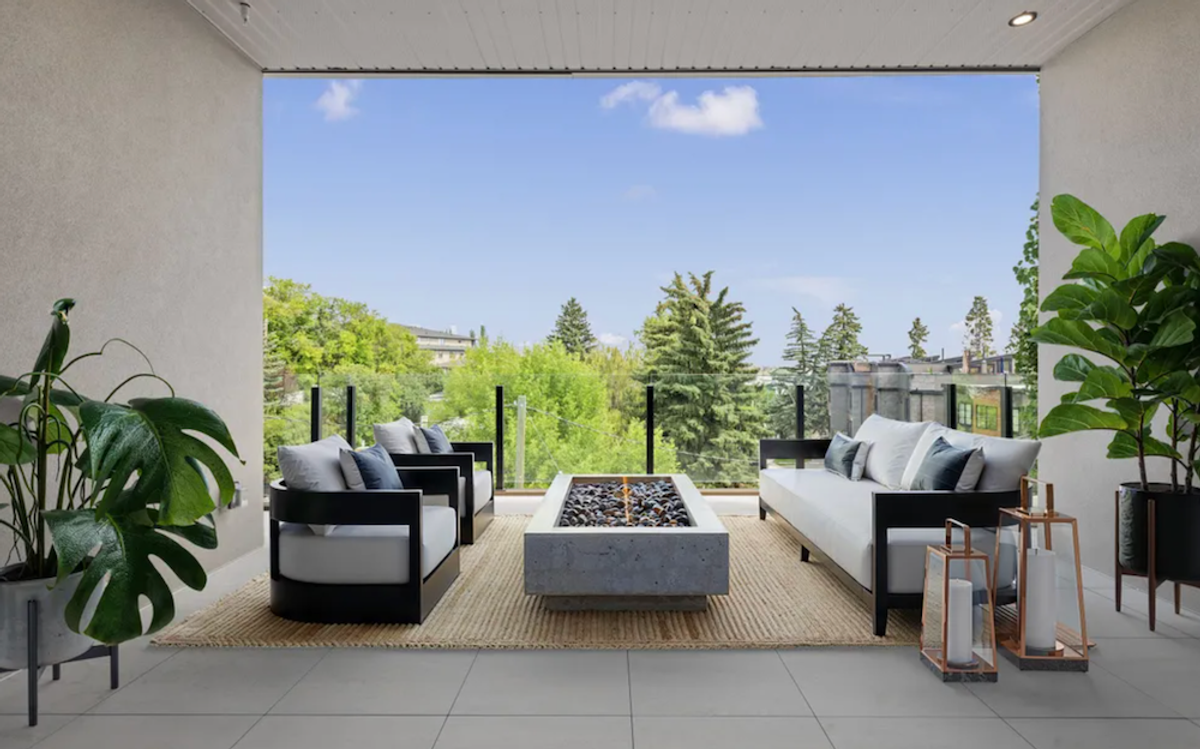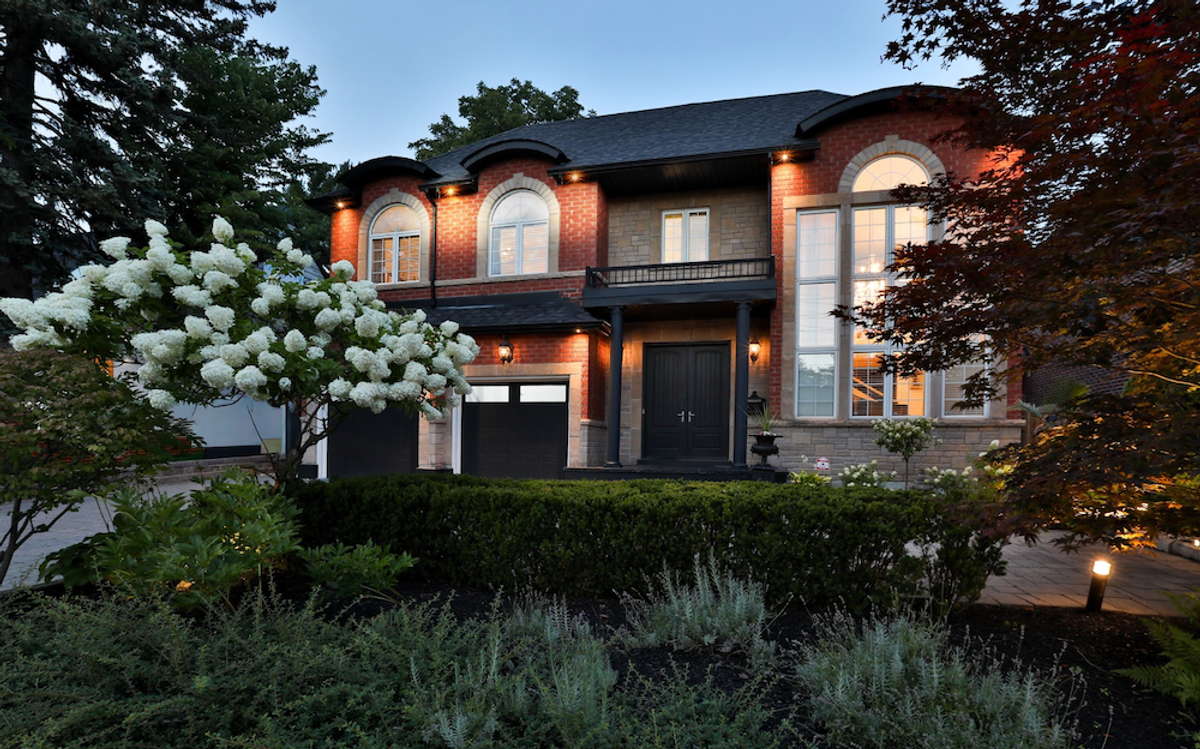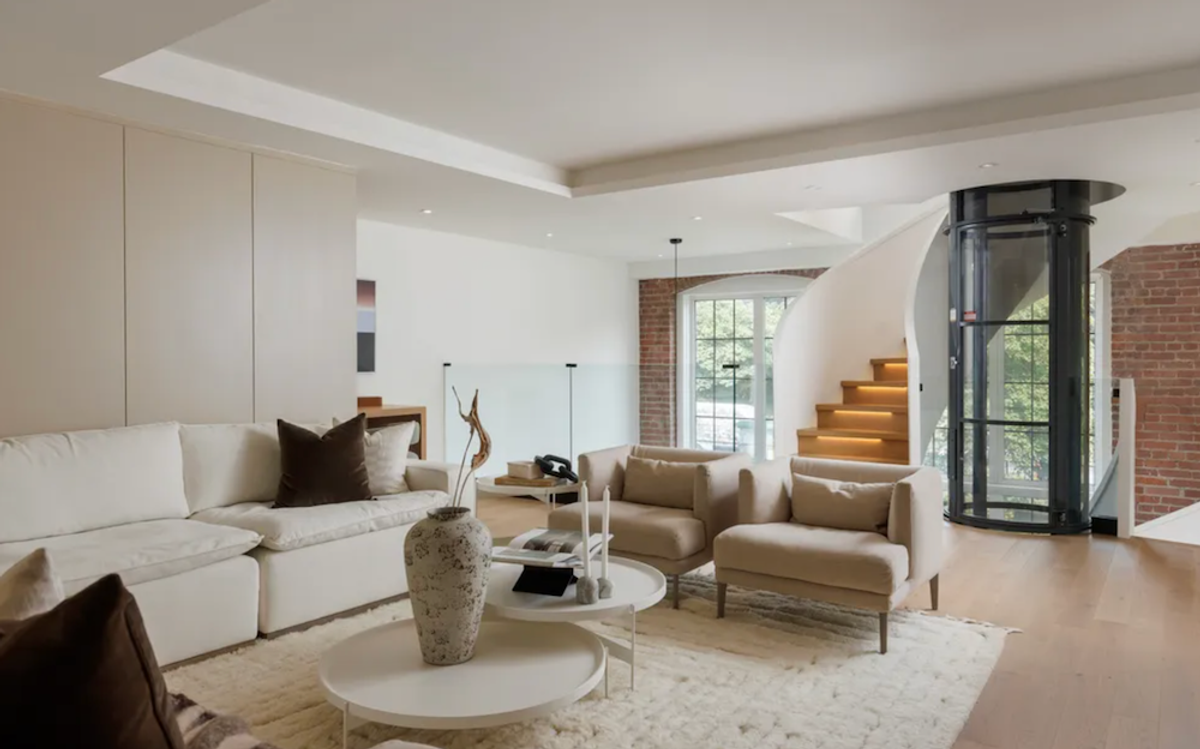The prefabricated and modular housing industry is growing by leaps and bounds around the world. Canada is no exception.
The nation’s modular construction market is expected to reach a valuation of $16.5 billion by 2029, up 8.1% from 2024. The prefabricated home manufacturing industry has grown at an average annual rate of 5.2% over the past five years to reach $3.8 billion in 2024.
There are many reasons for the sudden surge. Canada needs housing and lots of it, innovations are improving the efficiency and aesthetic appeal of prefabricated homes, rising costs are driving changes, and governments are actively supporting the industry.
The concept of prefab or offsite construction is as old as wrinkles. The ancient Romans, for example, used prefabricated concrete moulds for their aqueducts and tunnels and William the Conqueror brought prefabricated sections of defences with him when he invaded England in 1066.
But enough of the history. Back to the present day.
I recently had the opportunity to tour German factories where prefabricated housing is built offsite. We could learn a thing or two from the Germans, who have been doing this for a century. They are increasingly turning to modular and prefabricated construction. More than one in four single-family and two-family homes are now built using offsite methods.
Here in Canada, we have seen some promising signs. Ontario is committing $50 million over five years to grow its industrial capacity in modular construction and other innovative options to accelerate development, improve affordability, and nurture home‐grown industries. Invest Ontario will help fund the expansion and upgrade of existing production-line machinery and adopt new technologies that increase productivity and output.
On a much larger scale, on the federal front the governing Liberals have pledged to provide $25 billion in debt financing and $1 billion in equity financing to innovative Canadian prefabricated home builders.
The feds will create a new entity called Build Canada Homes (BCH) to construct more affordable housing. According to the Liberals’ election platform, as part of the initiative, BCH will place bulk orders of prefabricated housing units from manufacturers to help jump-start the industry.
Even the City of Toronto is getting in on the act. In March, the planning and housing committee requested that council direct the chief building official to enable factory-built modular homes to be included in the building division’s certified plans, making it easier for builders to re-use an approved housing design without having to go through a full permit review process.
Meanwhile, real estate developer and Mattamy Homes founder Peter Gilgan is planning to start a prefab housing factory in the Toronto area. The first phase is slated to open in 2026 and will focus on making modular parts and components for six-storey condo buildings with one- to three-bedroom units.
We’ve already had success with panelized housing for a while now. Great Gulf Group of Companies, for example, was an early adopter of prefabrication through its H+ME Technology business. The venture, created in 2007, produces wall and floor panel systems for residential builders, and builds prefabricated housing.
Prefabricated housing is not the cure to everything that ails the housing market in Canada, but it is one way to build more quickly. Experts say it can reduce construction times by up to 50%, costs by up to 20%, and emissions by up to 22% compared to traditional methods.
While the moves are admirable, the key to making it work is to include builders in consultations on how to move forward. It is not simply a, “Build it and they will come” situation.
The bankruptcy of Katerra in 2021, a company that sought to manufacture housing components offsite, is an example of what can happen when things go wrong.
My fear is that governments will invest heavily in offsite without understanding the complexities. They must consult with those who actually build the housing — and that is the builders themselves — to prevent wasting money on initiatives that have little chance of success.
In my opinion, the true potential of prefabricated building lies in speeding up the construction of larger structures such as student, senior, and affordable housing options that use repetitive designs.
Prefabricated construction has been successful in countries like Japan, Sweden, Germany, and Britain. Nearly half of multi-storey residential buildings in those other countries incorporate prefabricated components and complement the capacity of the traditional site-built sectors.
The drawback, though, is that it only works in certain circumstances and not so much in the low-rise sector. An additional hurdle to mass production of factory-built homes is that regulations vary across provinces and municipalities. This makes it difficult to standardize home designs for different cities. We therefore need to overcome this hurdle for housing built offsite.
To build the new homes that are needed in Canada, we must embrace new ways of building. Offsite construction can play a major role — but it is complicated and to do it properly requires an expert approach from design to closing.
